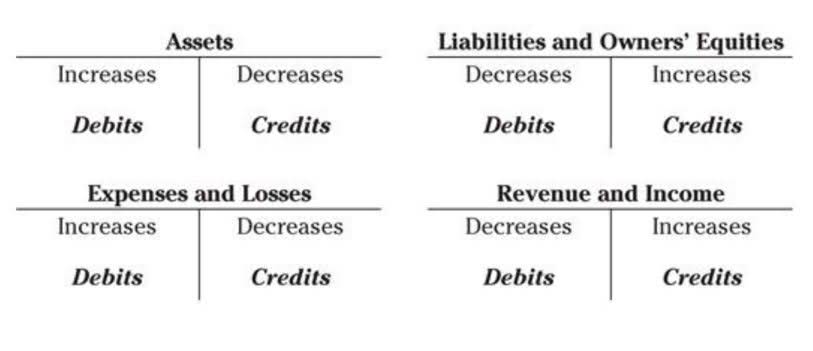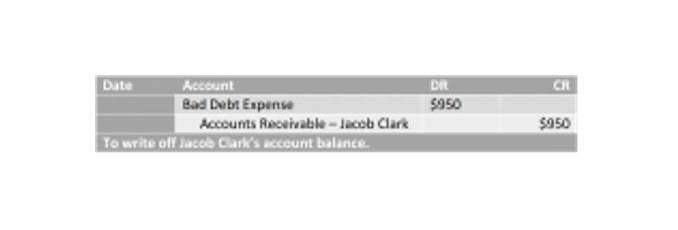
On that note, one other way to boost NWC is by selling long-term assets for cash. And of course, it’s important to note the qualitative differences between short-term assets and fixed, long-term assets. “EisnerAmper” is the brand name under which EisnerAmper LLP and Eisner Advisory Group LLC and its subsidiary entities provide professional services. Eisner Advisory Group LLC and its subsidiary entities are not licensed CPA firms.
Q: How do FMCG companies handle their working capital cycle?

It’s vital to work with suppliers and financiers to win better payment terms. While NWC provides a dollar value of your liquidity, the current ratio offers a comparative metric. Negative working capital happens when current liabilities outweigh current assets.

Cash

The working capital turnover is calculated by taking a company’s net sales and dividing them by its working capital. Since net sales cannot be negative, the turnover ratio balance sheet can turn negative when a company has a negative working capital. Analyzing the accounts receivable turnover ratio provides insights into how quickly a company collects payments from its customers. This ratio is calculated by dividing net credit sales by the average accounts receivable.

Growing gap between paper profit and cash flow:
- If a company can’t meet its current obligations with current assets, it will be forced to use it’s long-term assets, or income producing assets, to pay off its current obligations.
- You can extend more generous credit terms to customers without immediate need for repayment to keep your business afloat.
- However, it can also be a warning sign, as it may indicate that a company is struggling to meet its obligations.
- If the payables period is longer than the receivable days, the company gets more time to pay back its due, and it gets its cash quite early.
- Effectively managing cash flow is a challenging task, particularly as month-end approaches and bills become due.
Because SaaS companies receive payments from customers in advance, they can finance their operations and growth without relying on outside funding. This can be a sign of financial stress or a change in the company’s business negative nwc strategy. However, if the decrease in current assets is matched by an increase in cash and equivalents, the company may still be able to operate without requiring additional funding.
If a business must constantly delay payments to vendors and suppliers, it could strain relationships with those partners. Over time, suppliers may become reluctant to extend credit or offer favorable terms, which could affect a company’s ability to secure necessary goods and services. As soon as a company is unable to pay its operational costs or suppliers AI in Accounting on time, negative working capital can shift from good to bad.
- Negative working capital is when there is more short-term debt than there are short-term assets.
- By managing its resources efficiently, ensuring ethical treatment of suppliers, and exhibiting fiscal responsibility, a company can portray itself as a true corporate citizen.
- Trouble collecting invoice payments from slow-paying customers is a common contributor to negative working capital.
- Since we’re measuring the increase (or decrease) in free cash flow, i.e. across two periods, the “Change in Net Working Capital” is the right metric to calculate here.
- Take control of your working capital by picking the period you want to plan for, and list all your incomings and outgoings.
- Working capital can be negative if a company’s current assets are less than its current liabilities.
